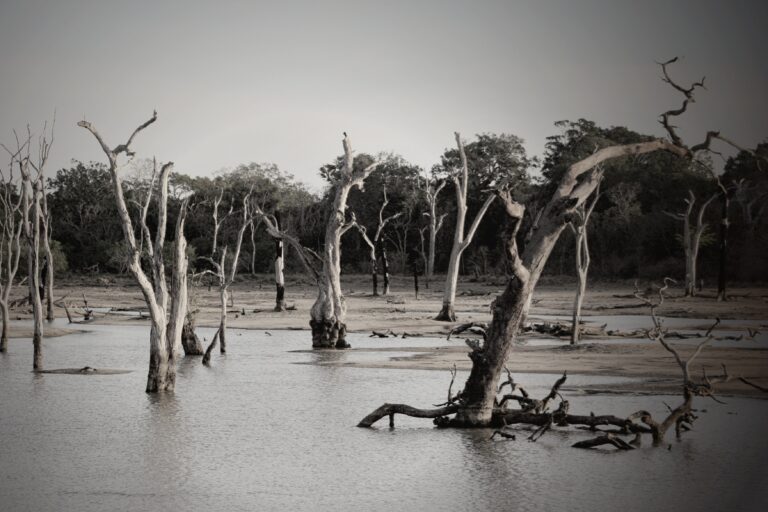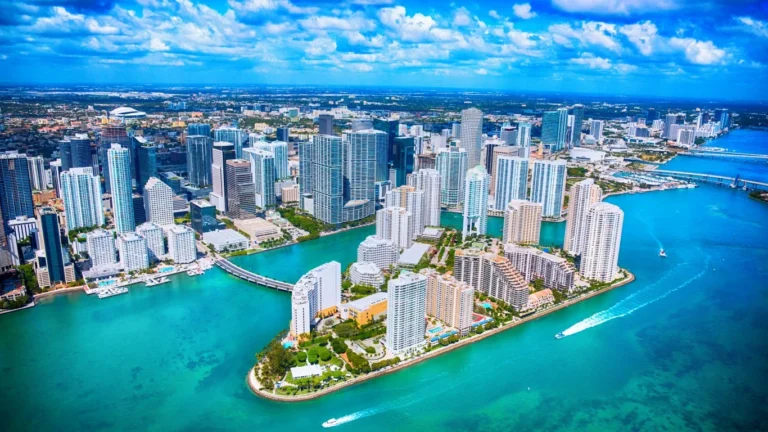Is The Doomsday Glacier Real?

There is a doomsday glacier that is part of Antarctica. Sea levels could rise by 10 feet worldwide in the early 2100s if it melts. The challenge with such claims is that the pace of climate change changes each year. And, human attempts to slow rising temperatures may eventually work in part.
Climate Policy —Is It Dying?
Rising Seas —Florida Sinking
The Thwaites Glacier is 75 miles wide and sits on the Amundsen Sea. It is the size of Nebraska and, based on the area of the glacier, about 3,000 feet thick. Inside Climate News has two figures for how much it could affect ocean levels. One is a rise of 10 feet. Another is a rise of 2 feet (the Thwaites Glacier by itself). One thing that scientists agree on is that the glacier is rapidly melting.
Cities Underwater
Another challenge when analyzing the rate at which the Thwaites Glacier has melted is that it has melted before. According to Inside Climate News, “There’s evidence that much of the ice in West Antarctica vanished during previous warm geological epochs, and knowing how fast it will melt and raise sea level in the coming decades is critical information for tens of millions of people in low-lying coastal areas around the world who need to adapt to sea level rise.”
Determining the rate at which Thwaites Glacier is part of the challenge that policies and governments face–particularly governments with large coasts on the world’s oceans. If there was a consensus that some of the world’s major cities would be underwater in a few decades and that hundreds of millions of people would need to relocate, reactions to stop global warming might accelerate.
More from ClimateCrisis 247
- Phoenix Posts 13 Days Over 110 Degrees
- Florida Homeowners Face Drastic Home Price Cuts
- Tampa Real Estate Continues To Fall As Miami Softens
- Climate In A Bottle






